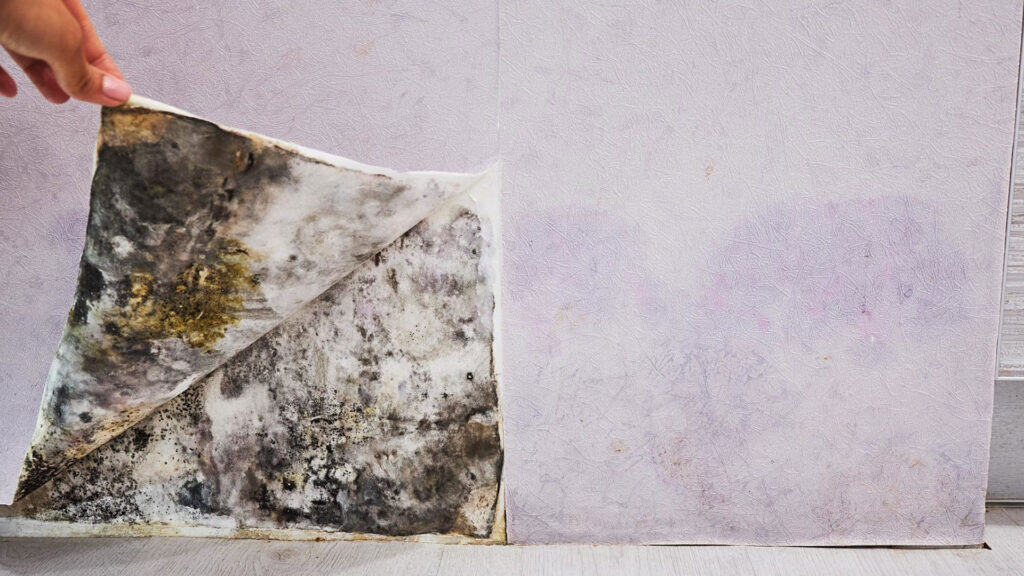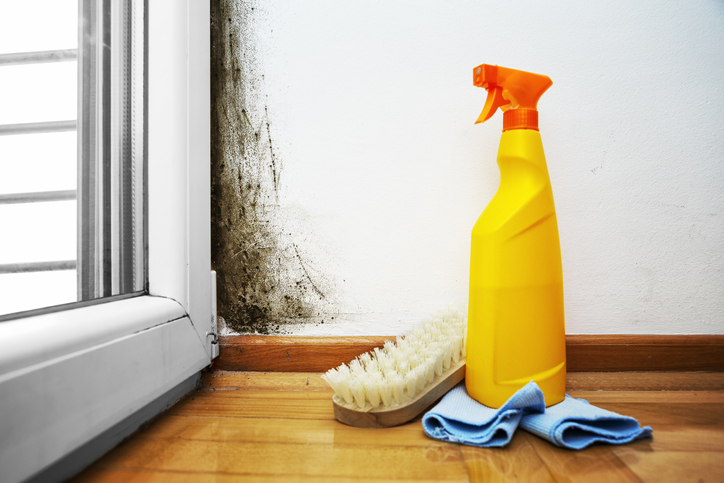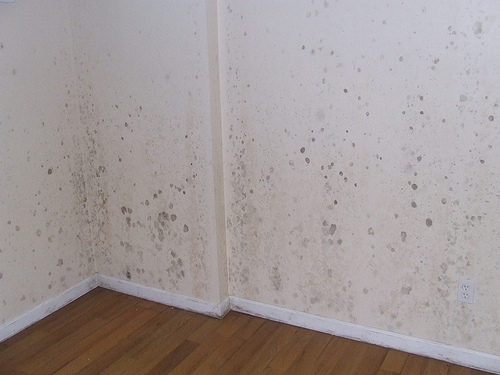Mold is more than just an unsightly blemish on your walls; it poses significant health risks and can undermine the very structure of your home. For homeowners, the sight of mold can evoke feelings of dread and confusion—where to begin? Yet, understanding the fundamental strategies for effective remediation can empower you to tackle this pervasive issue.
From identifying the source of moisture that fuels mold growth to choosing the right tools and techniques for removal, this guide will walk you through the critical steps to reclaim your living space. Armed with knowledge and a proactive mindset, you can not only eliminate mold but also prevent its return, transforming your home into a safer, healthier environment for you and your loved ones.
Let’s delve into the essential practices that will help you combat mold effectively and restore your peace of mind.
What Every Homeowner Should Know

Mold is more than just an unsightly stain on your walls; it poses significant health risks and can compromise the structural integrity of your home. Every homeowner should be vigilant and proactive, as mold can flourish in hidden corners and damp environments, often going unnoticed until its too late.
Understanding the common causes—like excessive moisture, poor ventilation, and water leaks—can empower you to take preventive measures. When dealing with mold removal, its essential to assess the scope of the problem; small patches might be manageable with DIY solutions, but larger infestations may require professional intervention.
Always prioritize safety: wear protective gear, ensure proper ventilation, and avoid disturbing the mold more than necessary to prevent spores from spreading. By remaining informed and prepared, you can safeguard your home and well-being against the pervasive threat of mold.
Health Risks Associated with Mold Exposure

Mold exposure can pose serious health risks, often manifesting in ways that are both subtle and alarming. For many, the initial symptoms may be as mild as nasal congestion or a persistent cough, easily brushed off as a seasonal allergy.
However, for vulnerable populations—such as children, the elderly, or those with preexisting respiratory conditions—mold can trigger severe reactions, including asthma attacks or even chronic lung diseases. The insidious nature of mold spores means they can infiltrate the air we breathe, leading to more systemic effects, like fatigue, headaches, and cognitive disturbances.
Moreover, certain molds produce mycotoxins, which can have neurotoxic effects and, in extreme cases, result in long-term health complications. Therefore, it’s critical to recognize mold not just as a household nuisance, but as a genuine threat to health that necessitates immediate attention and action.
Regular Maintenance and Inspection Tips

To keep your home mold-free, regular maintenance and inspection are paramount. Start by checking areas prone to moisture accumulation—think basements, bathrooms, and around windows.
Aim for a meticulous sweep: look for water stains, discoloration, or any sign of dampness. Don’t forget to inspect your roof and gutters; a clogged gutter can lead to water damage and an unchecked mold situation.
Use a dehumidifier in humid months, and remember to clean or replace HVAC filters regularly, as they can harbor mold spores if left unattended. Additionally, consider establishing a routine to inspect these areas at least twice a year, after heavy rains or snowmelt.
Address problems immediately—whether it’s a leaky pipe or a damp spot—and don’t hesitate to call in a professional if the issue escalates. By proactively maintaining your space, you’ll not only curb mold growth but also enhance your home’s overall health and safety.
Conclusion
In conclusion, effectively remediating mold is crucial for maintaining a healthy living environment and protecting your home from potential damage. Homeowners must take proactive measures to prevent mold growth by controlling moisture levels, regularly inspecting areas prone to dampness, and promptly addressing any water leaks.
When dealing with an existing mold problem, seeking professional assistance, such as mold inspection St. Petersburg, FL, can ensure thorough identification and removal of the issue. By following these guidelines and remaining vigilant, you can safeguard your home and well-being from the detrimental effects of mold.


